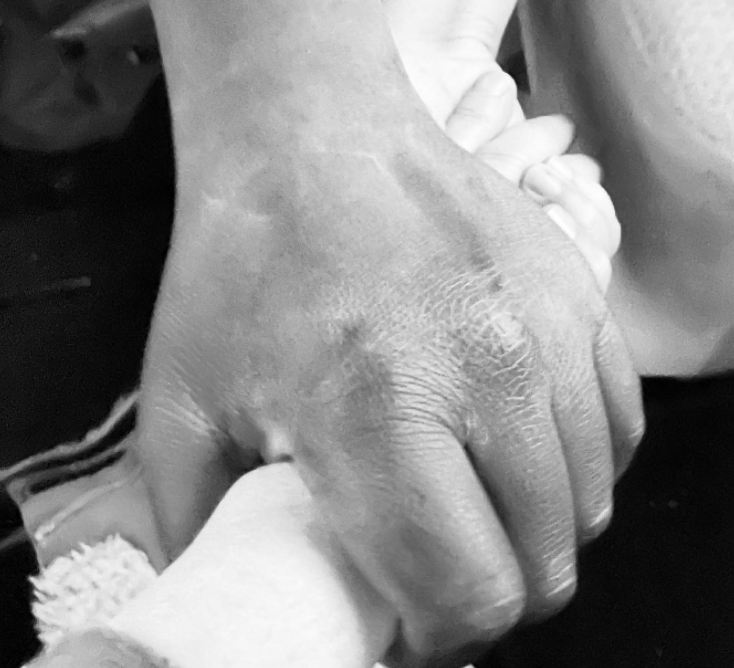
Two children and their mother clasp hands in the car.
At a 2020 Orange Conference session, “Helping Kids with Anxiety and Depression,” the panelists gave some good suggestions for how to help kids talk about how they’re feeling. I would have found these helpful when my kids were growing up and unable or afraid to put into words how they were feeling, so I’m sharing them with you.
Kara Powell, from the Fuller Youth Institute, suggested a numerical ranking:
“On a scale of 1 – 10, 10 being the worst, how are you doing?”
This alternative can also work, for the parent to provide the ranking and see how the child responds:
“It feels like, on a scale of 1 – 10, you’re about an X.”
Daily check-in
Mike Foster, a counselor and host of the Fun Therapy podcast, suggested a daily check-in, so families build up a habit of talking about mental and emotional states. This way it won’t feel like such a big deal to talk about it when children are struggling. It also helps remove the stigma of talking about mental health: “It removes guilt, fear, and shame, which only lead to more unhealth, and helps families move into grace, love, and open conversation. Making people suffer in silence is a tool of the enemy.”
The daily check-in would involve the mind–How were your thoughts? Any repeating thoughts? Any thoughts that made you feel bad? The heart–How are your emotions? Can you name them? Are you trying to bury any of them? Which emotions are you welcoming? And, because it often reveals our mental and emotional state, the body–Are you holding tension anywhere? Do you have pain anywhere? Do you have tummy problems?
Foster also noted that “nothing about mental health is a one-person solution.” He reminded us to welcome help, either by paid professionals or people in your personal network.
Reggie Joiner, a director of family ministries and CEO and founder of Orange, spoke about a realization he had after a youth group he led had some traumatic things happen: “Everybody in that room had a different weather report that will shift and change.” That insight led him to print out and put up photos of different weather situations around the room and run a check-in every time they met:
What’s your weather today?
The young people would point to the situation that best matched their emotional state and the conversation would open from there.
I hope these conversation starters were helpful.
If you have any that you’ve found worked well for your family, let us know and we’ll add them.

